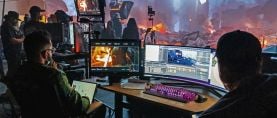
Understanding Lens Distortion
A frequently misunderstood concept in the field of cinematography, which can lead to confusion about format and lens choices, is optical distortion and its causes.
All images courtesy of The Cine Lens Manual unless otherwise noted.
There are two types of optical distortion — geometric and perspective — and it’s important to understand the differences between them and how they may affect your creative decisions.
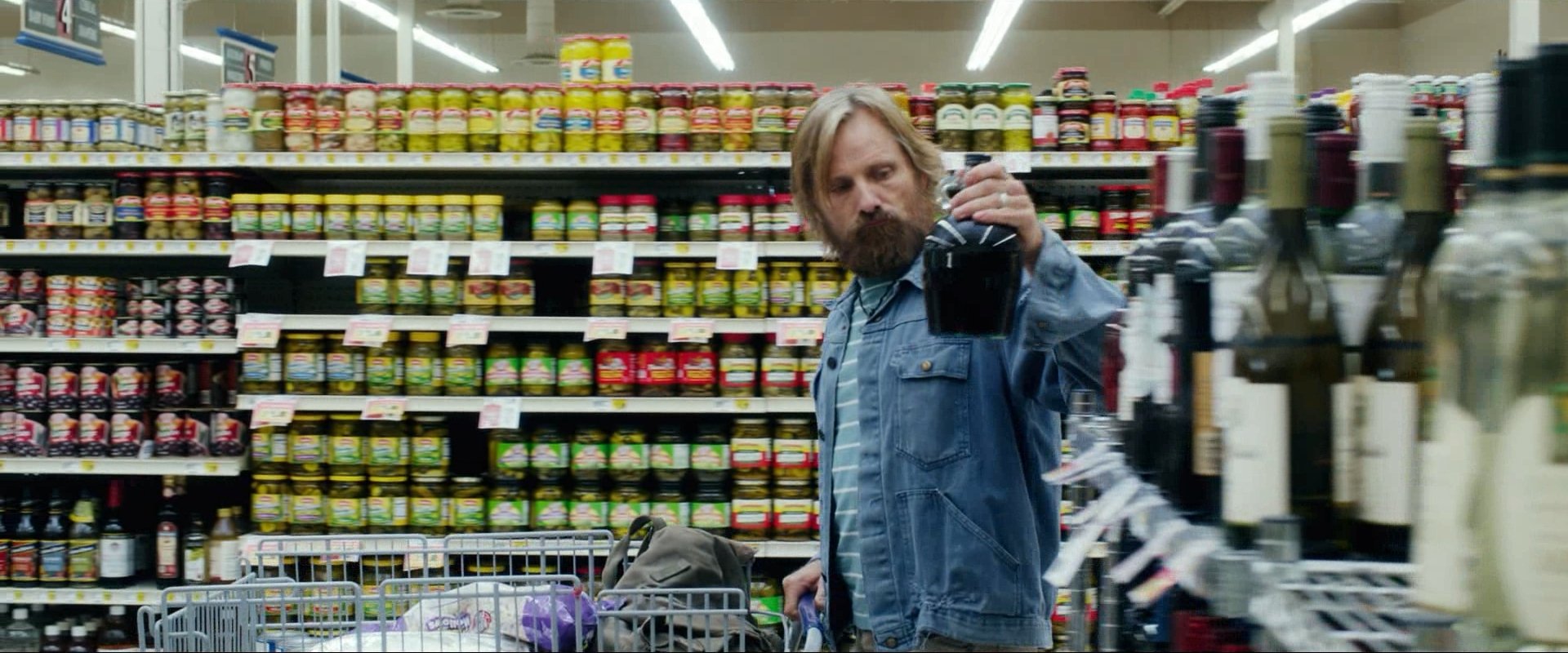
Geometric Distortion
This phenomenon is a property of the glass elements inside the lens that refract the light — a composite of the lens’ prescription and a failure of the optical system to render a perfectly rectilinear world.
A perfectly rectilinear lens will represent straight lines from the real world as straight lines in the produced image. A lens that fails to achieve rectilinearity will represent those straight lines as curved or bowed. An extreme example of a non-rectilinear lens is a fisheye lens, which makes no attempt to correct the geometric distortion, instead presenting straight lines as very curved, especially around the edges of the image.
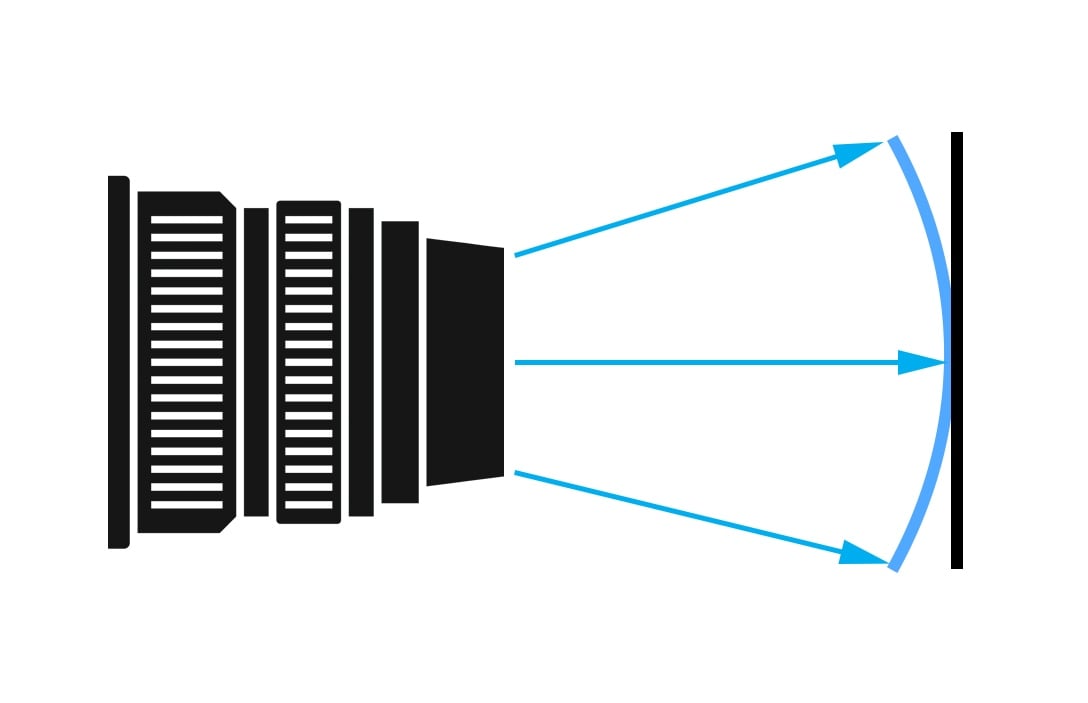
Most photographic-lens elements are spherical, meaning they have constant radii of curvature across their surface. These elements are relatively easy to manufacture; the process of grinding and polishing glass to form lenses has been used for hundreds of years. (It even predates the invention of photography.)
These lenses start as a round of glass cut from a larger block — imagine a crystalline hockey-puck — that is then placed on a rotating spindle. An abrasive fluid is applied to the surface of the puck, and a hollow dome shape is pressed down onto it as it rotates, which grinds the edges off the glass and forms it into the shape of the inside of the dome. Eventually, the lens is ground to have a perfectly symmetrical curvature. The dome’s very specific curve is set for the prescription of that lens element.
The challenge is that spherical elements, while easy to manufacture, project spherical images. This means that for such images to appear accurately, they would have to be projected onto a curved surface.
To fix this, the optical designer must add one or more additional elements — which do not affect the center of the image, but rather force the edges to come to a focus farther away to “flatten” them out onto a flat imaging plane such as film or a digital sensor. Every new lens element provides its own spherical problems while correcting others from the element in front of it, and the designer must address these cascading problems and balance them out.
Yet even after all the elements are assembled, there are many cases wherein the finished lens still produces bent or curved lines in the image that are straight in the real world. Such image characteristics often become accepted — and even sought-after — as a signature “look” of a given lens.
If the corners of the image appear to be farther away than the center, we call that “negative geometric distortion” or, more commonly, “barrel distortion,” as this causes the center to bulge much like the sides of a barrel.
If the corners of the image appear to be closer than the center, it is called “positive geometric distortion” or, more commonly, “pincushion distortion,” as it causes the center to “push” away from the sides as though you’ve pressed your finger into a cushion.
There are many cases wherein the finished lens still produces bent or curved lines in the image that are straight in the real world. Such image characteristics often become accepted — and even sought-after — as a signature “look” of a given lens.
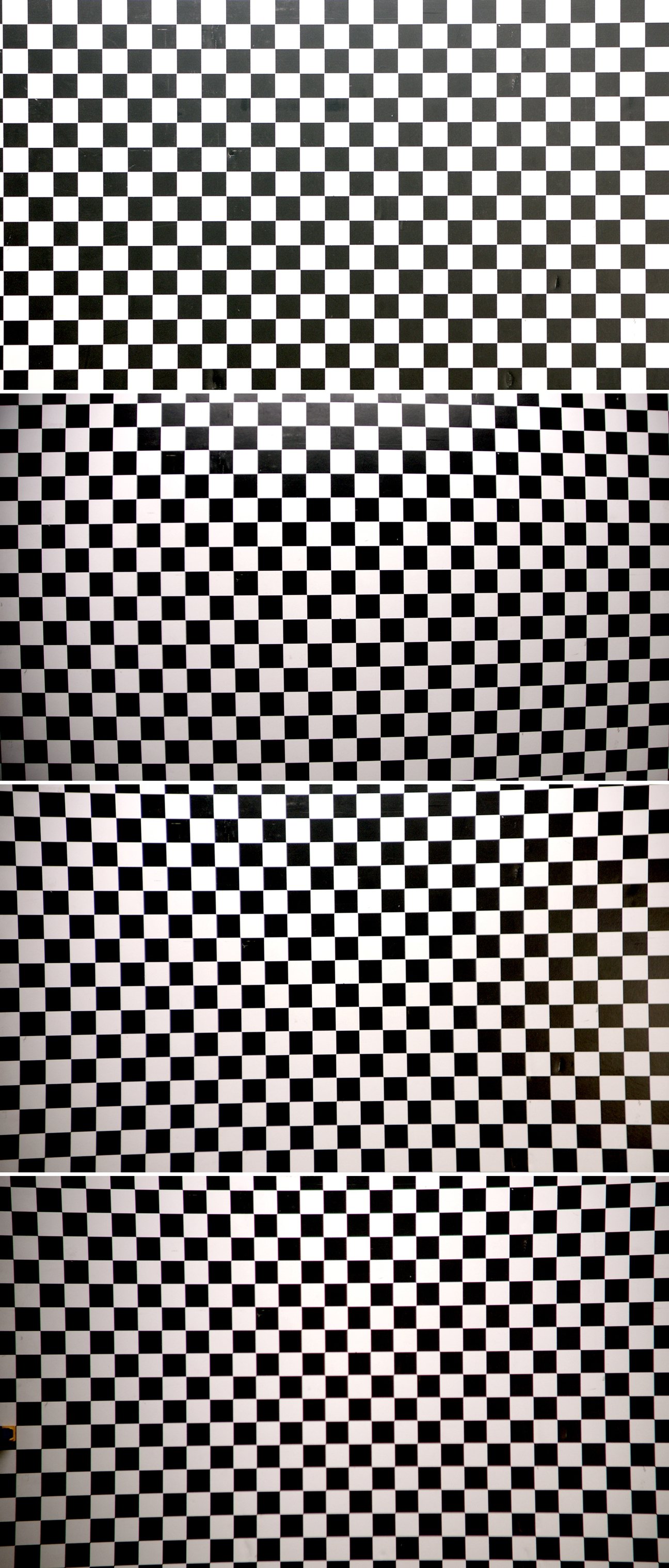
Because of the cascading nature of corrections/problems when adding optical elements, we can also end up with a geometric distortion that is a non-linear combination of barrel and pincushion distortion. This is often affectionately called “mustache distortion,” as it can resemble the shape of a handlebar mustache.
These types of distortion are part of the optical design of the lens and cannot be corrected by the cinematographer. With a complex lens, such as a zoom, the geometric distortion might change from negative at the wide end of the lens to positive at the long end, with various stages of transition and complex distortion between.
Generally, but not always, wider lenses have more geometric distortion, especially negative/barrel distortion, as this becomes increasingly difficult to correct as the angle of view increases. Conversely, longer lenses tend to have more positive/pincushion distortion.
Perspective Distortion
An entirely different form of optical distortion, which is imposed on the image by the spatial relationship between the camera/lens and subject, is known as perspective distortion.
When you stand 4-6' away from another person and have a conversation, the distance between the tip of the nose and the ear of the person you’re talking to is very small compared to the physical distance between the two of you. For most people, it’s about 4".
This small distance between their features, compared to the person’s distance from you, makes their face appear “normal” and natural to you. However, if they were to close the distance between you and put their nose just 1" from yours — making the distance between their nose and their ear larger than the distance between you — their face will appear distorted to you. (You’ll also probably be very uncomfortable with someone invading your personal space!)
This same phenomenon happens when a camera and lens are placed unusually close to a subject: The subject appears distorted in the image. (See sidebar below.) This is not a property unique to wide-angle lenses — it happens with every lens — but we can discern more of the face with a wider-angle lens due to the increased field of view.
In the series of three images below, the top-most photo is frequent ASC collaborator Brittany Belt captured with a 135mm lens from a distance of 3' 8", and the second image is a 14mm lens from the same distance of 3' 8". The third image is a crop of the middle portion of the wide-angle shot to match the framing of the long-lens shot. Note that there is no discernible difference in distortion of her features.
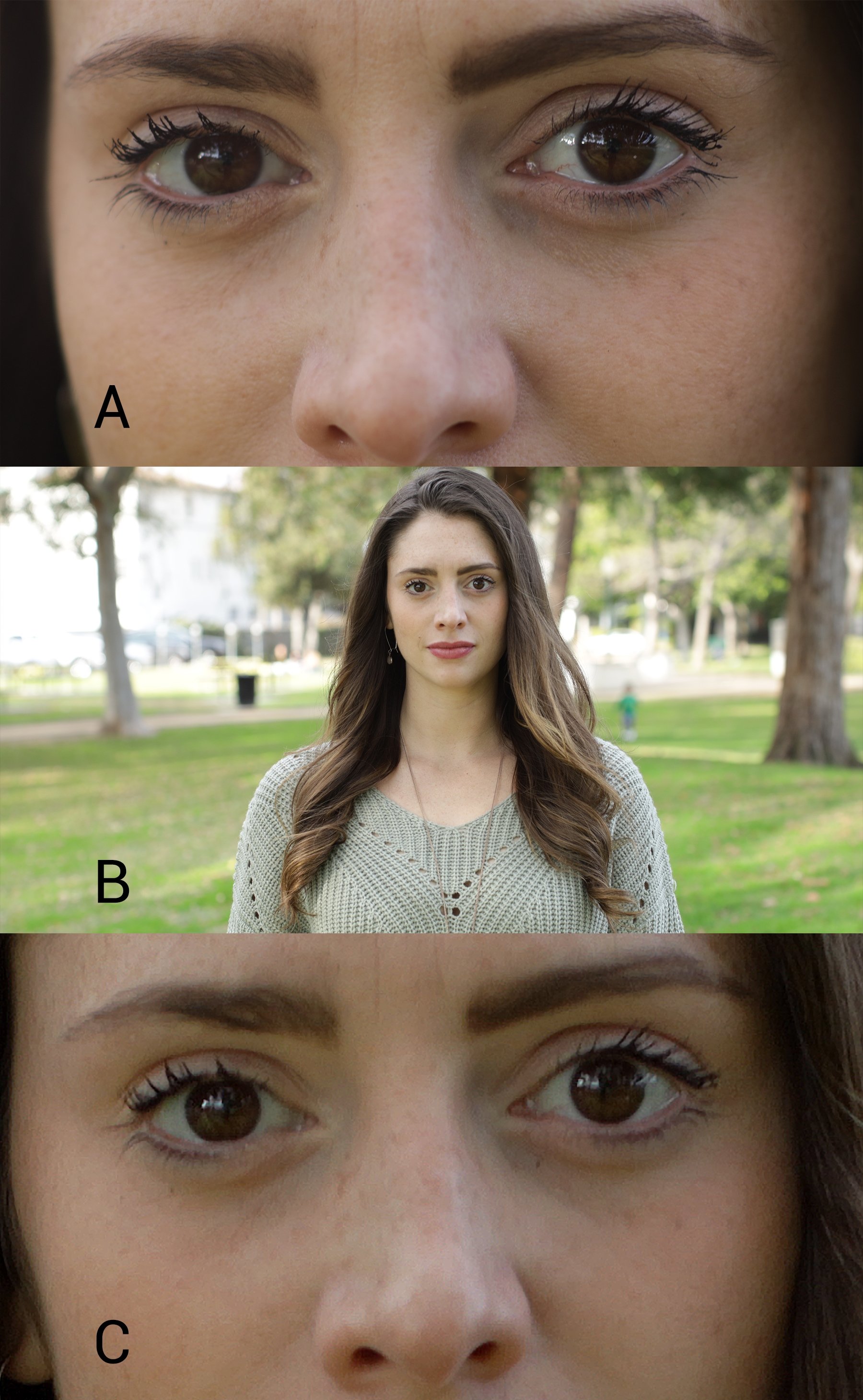
It is not the wide lens that creates the type of distortion seen in the photos in the sidebar below, but the proximity of the lens that creates the effect. Such distortion is commonly attributed to wide-angle lenses because we cannot see the effect with a longer lens, as the angle of view is so small.
Two of the biggest misconceptions about perspective distortion regard the use of larger-imager formats (i.e., larger than Super 35). The first is a belief that there is less distortion from lenses when shooting with a larger-imager camera because the format requires longer focal-length lenses for a given distance and angle of view. This is not true. It is not the focal length of the lens that creates perspective distortion.
A beautiful example of this was assembled by cinematographer Manuel Luebbers, who used a beam-splitting 3D rig with a 35mm-sized imager and a 65mm-sized imager to photograph the same subject simultaneously. (See Shot Craft, AC Sept. ’21.) When comparing the Super 35mm and the 65mm, it was shown that the sense of perspective is exactly the same.
The difference in focal length between the two lenses — which is required to maintain an identical field of view for each respective format — results in absolutely no difference in perspective distortion.
The second misconception regarding larger-format cameras is a belief in the inverse: that the necessity of longer lenses when shooting with these cameras causes foreground/background compression. Again, this is not true. It is not the focal length of the lens that causes the distance between foreground and background to be compressed, but rather the relative distance of the lens to the subject.
The images below were generated in the storyboarding program Frame Forge 3D, and they illustrate this phenomenon quite well. At the top is a simulation of a 100mm lens 52' from the nurse in the foreground. The next is a 50mm lens 26' from the nurse; then a 25mm lens 13'; and finally a 10mm lens about 5'6" from the nurse.
The compression and exaggeration of the distance between the two subjects is due to the spatial relationship between the lens and subjects, and not a property of the lens.
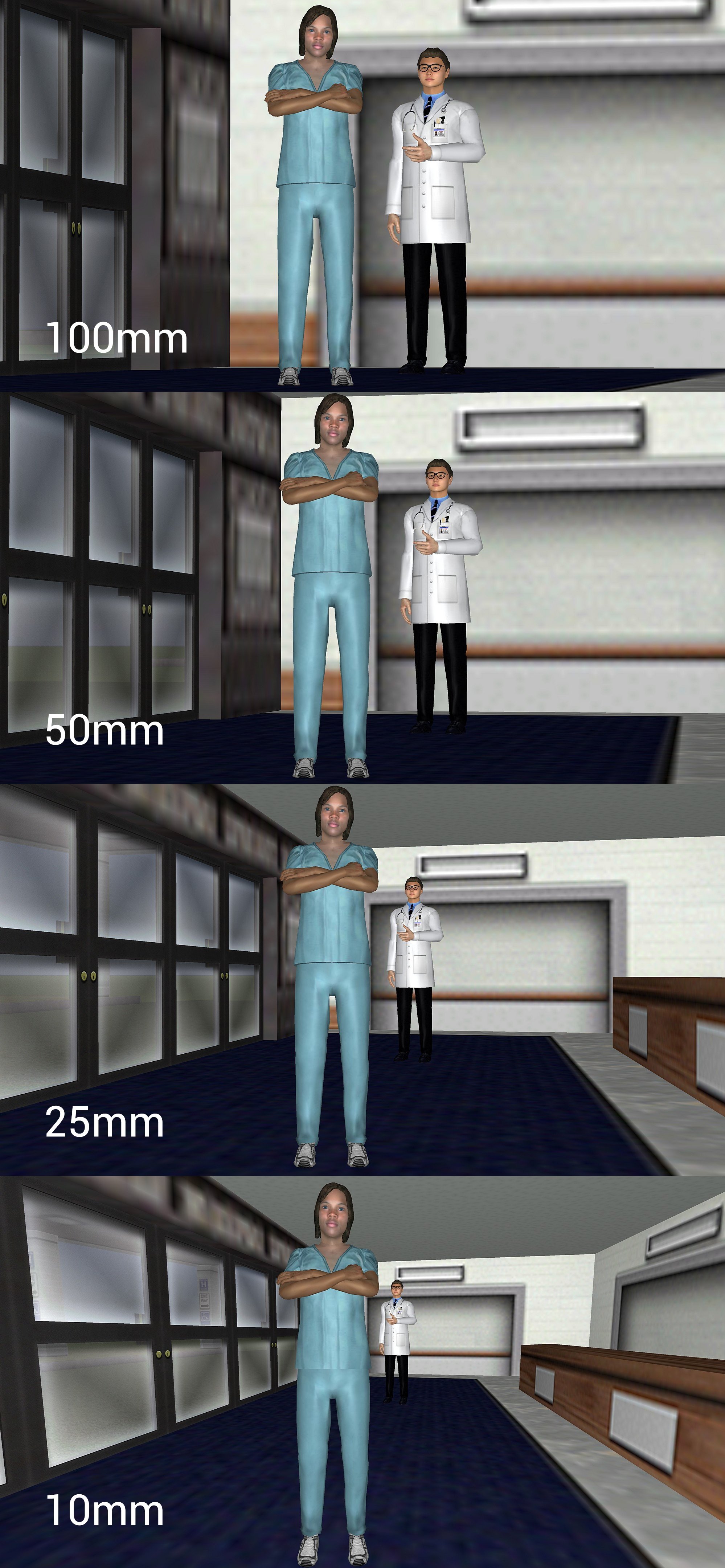
The distance between the nurse and the doctor behind her never changes, yet that distance is reduced (compressed) with the longer lens farther away and exaggerated with the shorter lens closer to her. This is all because of relative distances. The doctor is about 20' from the nurse — so, when captured with a 10mm lens from 5' 6", the lens is one-quarter the distance to her than she is to him, which exaggerates the spatial relationship between them. At 100mm, the lens is more than twice the distance away from the nurse than the doctor, and, therefore, the spatial relationship between them is minimized or compressed. Again, this is due to the spatial relationship between the lens and subjects, and not a property of the lens.
Flattering a Face
Understanding perspective distortion leads to the critical understanding of how the choice of focal length and relative distance to subject render the features of the human face. You can photograph a close-up of a person with a 10mm lens and with a 135mm lens and have the same-size subject in frame by adjusting the distance of lens to subject — but the rendering of their features will be completely different.
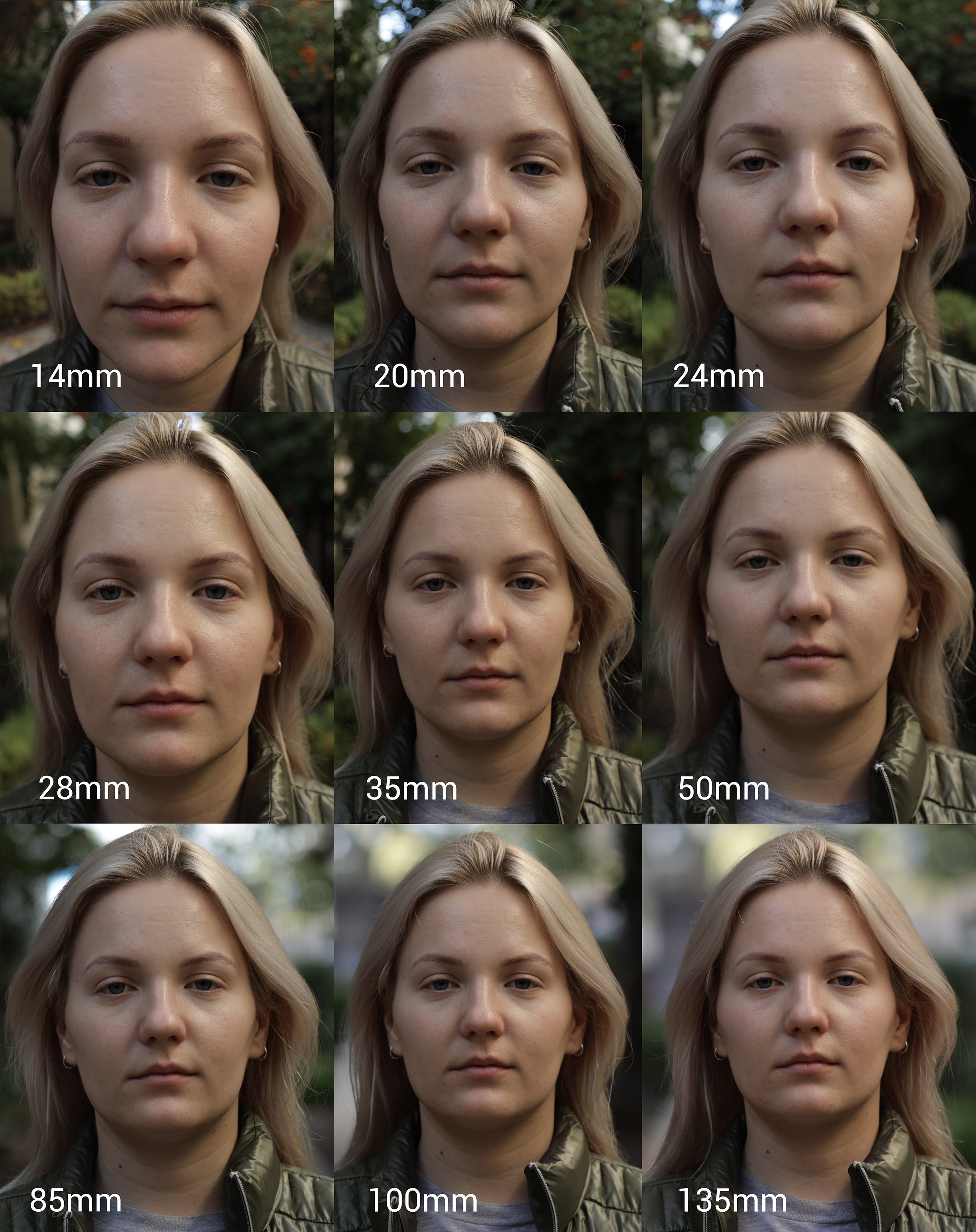
Cinematographer Mikyla Jonck bravely posed for this example, which shows how the representation of her facial features changes dramatically between a 14mm lens a few inches away to a 135mm about 20' away. With the lens very close, her features are exaggerated, but with a long lens very far away, they flatten out.
The relative distance from the tip of her nose to her ear is large when the lens is close and extremely small when the lens is far. Therefore, there is a “Goldilocks” zone where the features are presented at their most natural, flattering and “just right.” This distance/focal-length combination is different for every face. One of your lead actors might look amazing on an 85mm close-up, but their co-star might look better on a 65mm or even a 50mm. Understanding this and learning to recognize what is best for each face takes your photography to the next level.

